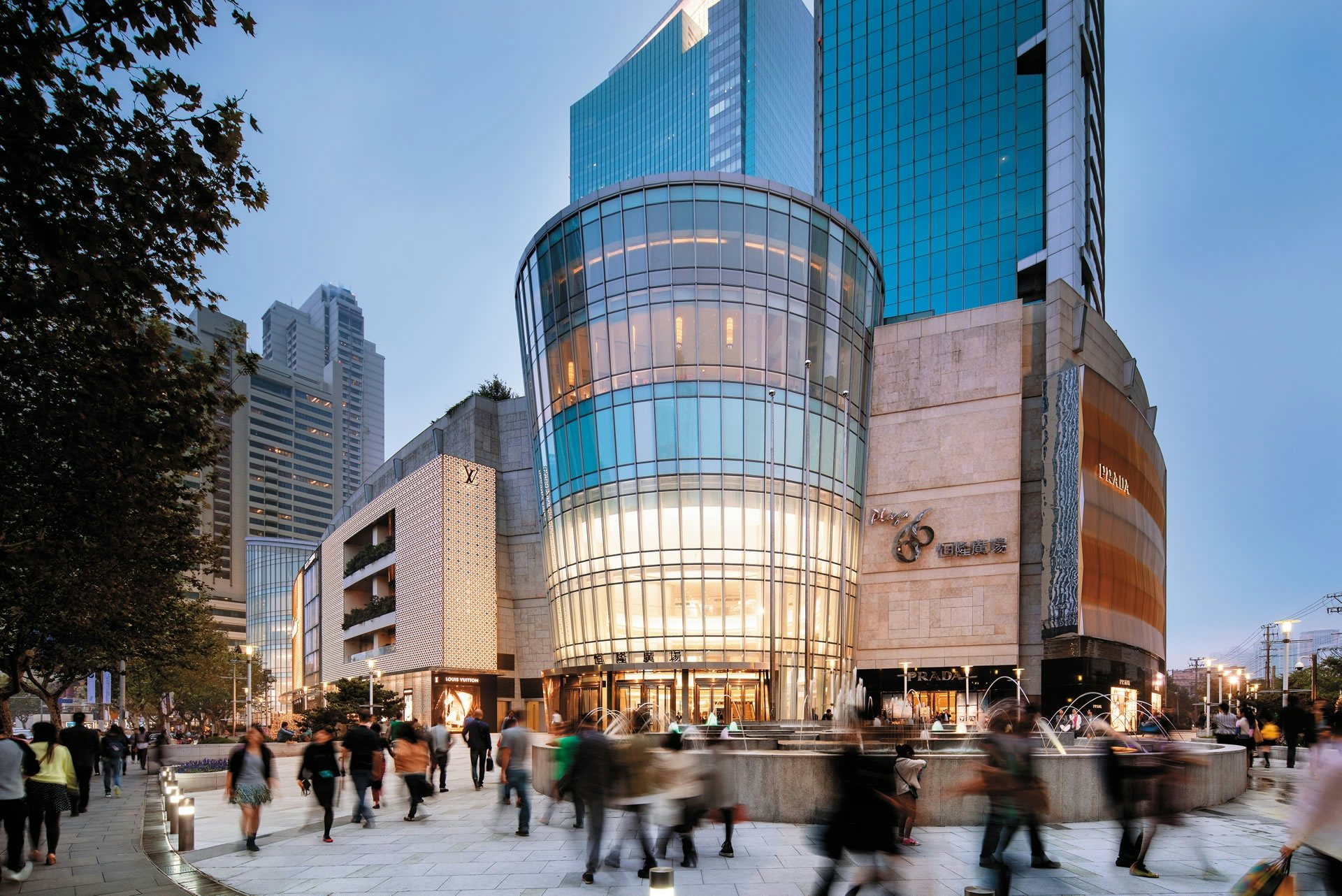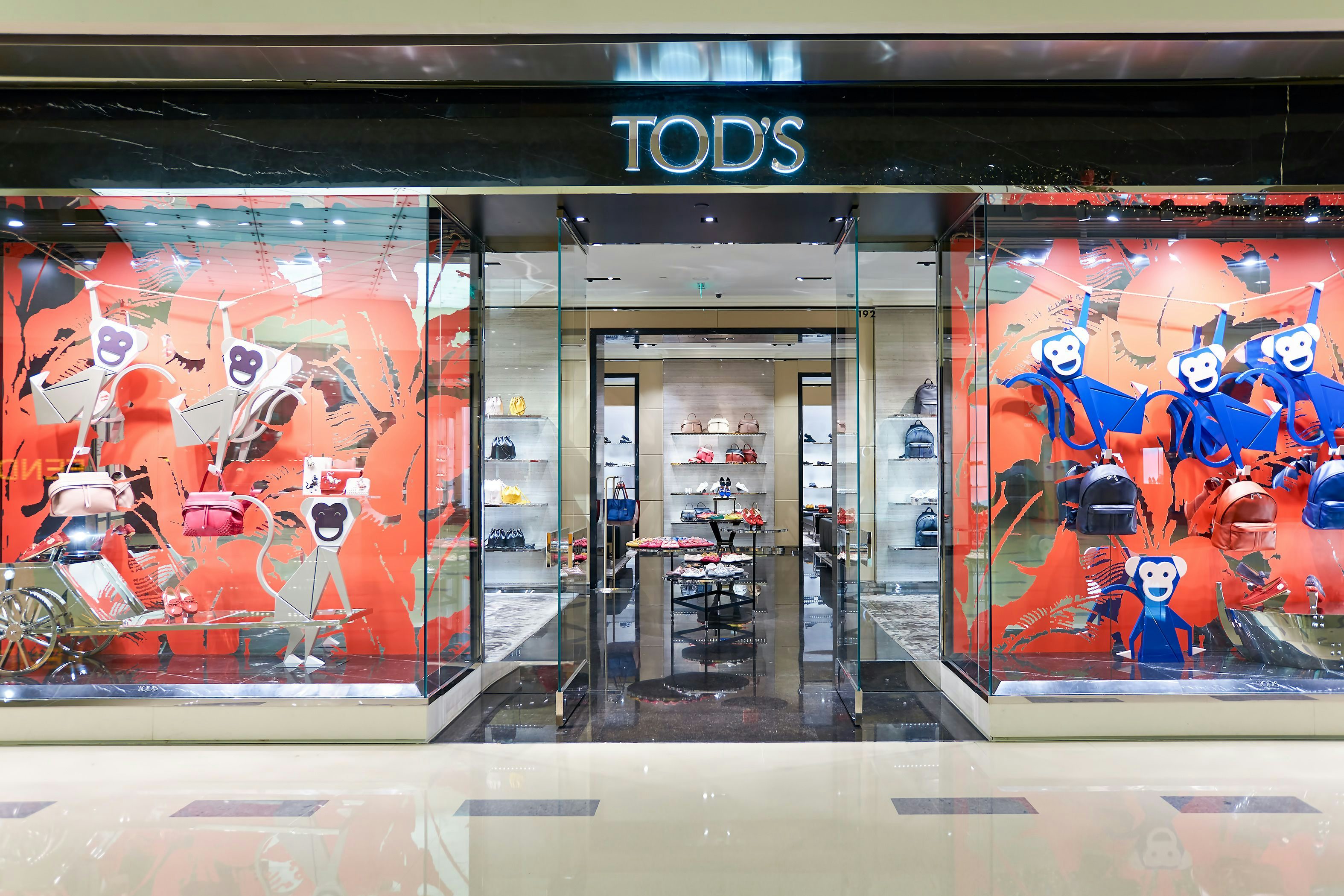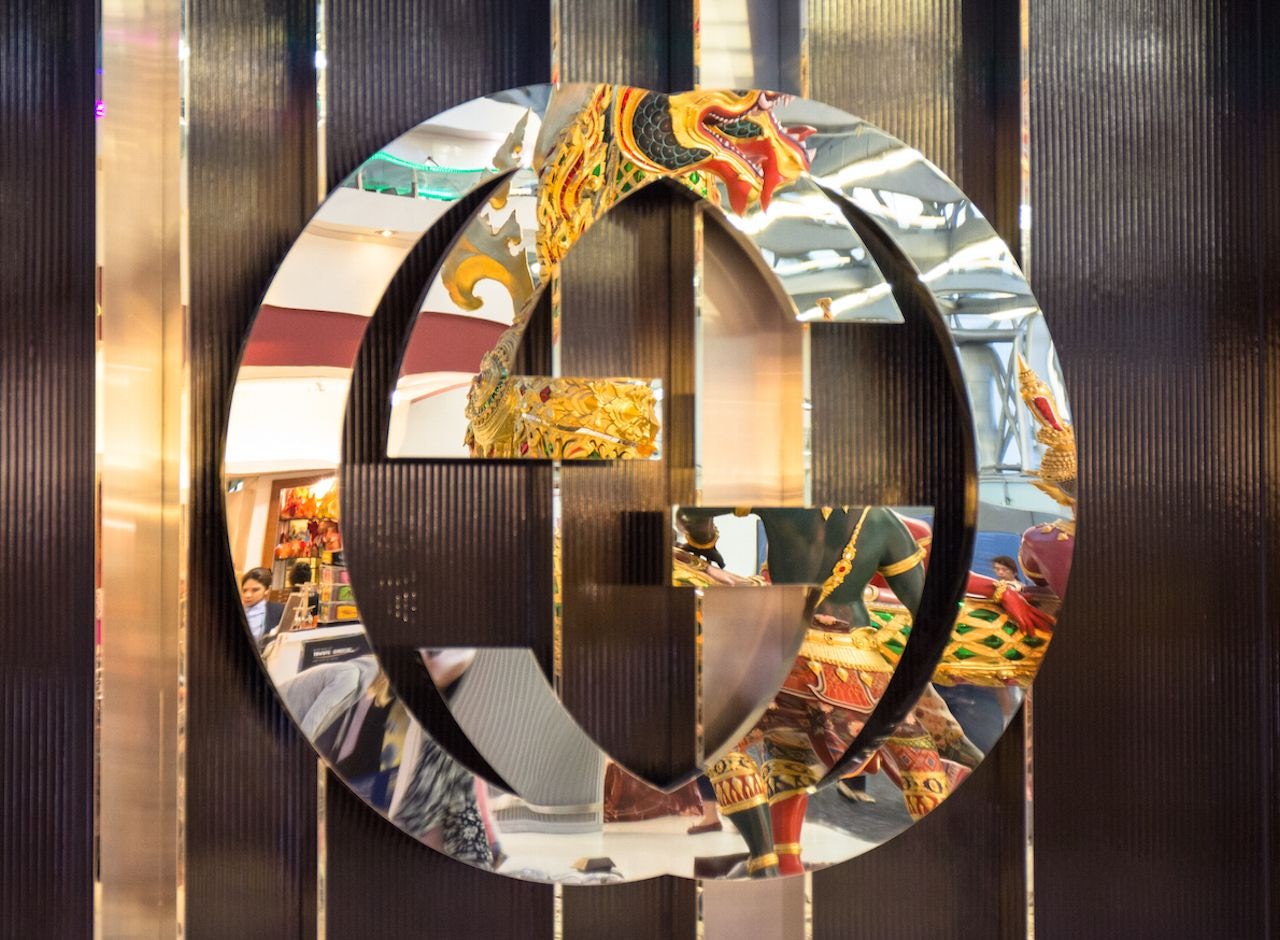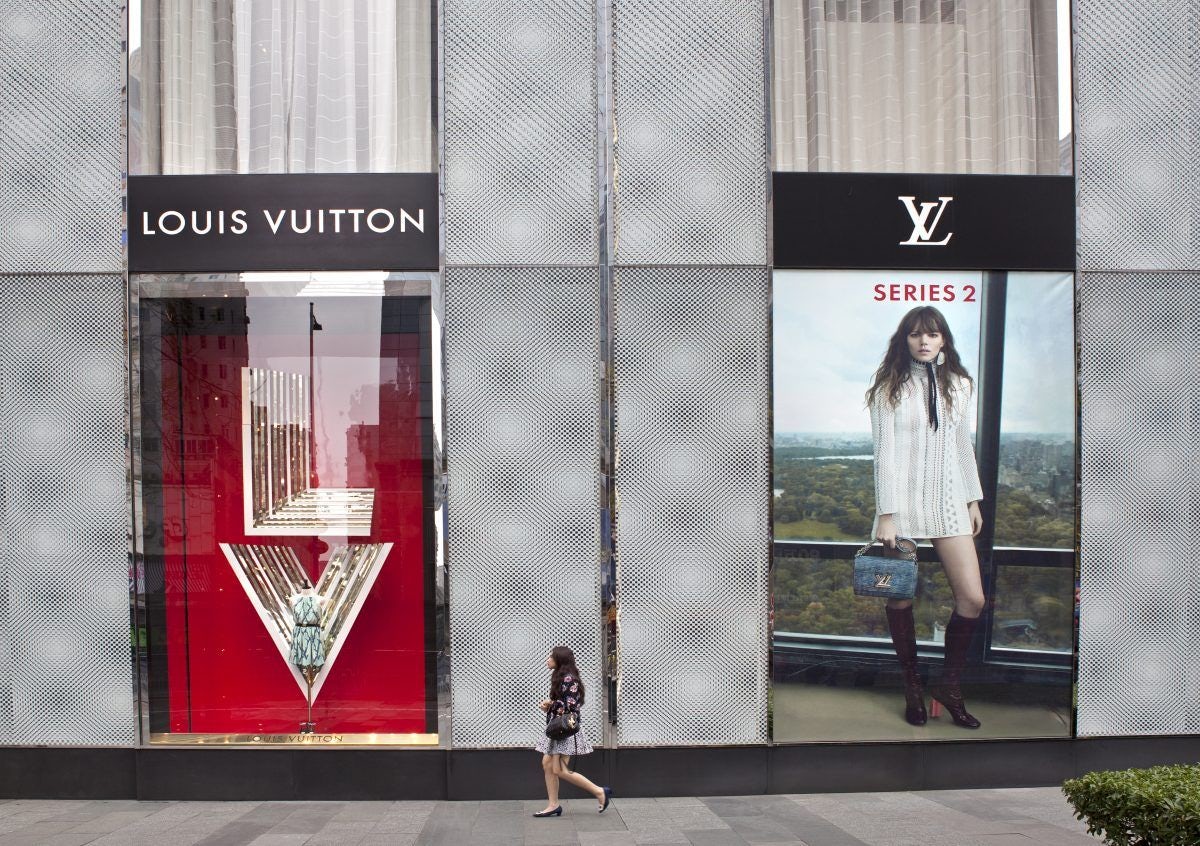The Shanghai Plaza 66 Mall, one of the most luxurious shopping malls in Shanghai, is regarded as the benchmark of China luxury retail sales. So when the mall posted 29 percent year-on-year growth in luxury consumption in a report on interim results released last week by the property developer Hang Lung Group (which operates Shanghai Plaza and many other malls in the mainland), those results boded well for luxury companies in the China market, overall.
“Maybe the winter will soon be over,” said Hang Lung chairman Ronnie Chan Chi-chung at the interim results press conference, and added that luxury sales have already been recovering quickly.
China’s luxury consumption, although still quite impressive as compared to many other countries, has slowed down over the past three years, leading to concerns about whether it would continue its decades-long season of growth.
The luxury market in China has been on the rebound from the losses it experienced in previous years when consumers were mostly spending their money on luxury goods overseas. Owing to factors like an expanding middle class, rising incomes and rapid urbanization, the market is growing again.
Hang Lung’s results seemed to answer this concern in the affirmative. In addition to the strong sales growth, Shanghai Plaza 66 also reported a nine percent increase in rent, which is a huge jump from its decrease by 13 percent in the same period last year—signaling great business improvement for its tenants.
Some tenants had as much as 50 percent revenue growth, said Chan, and it will be evidenced in Hang Lung’s rent growth down the line.
Morgan Stanley commented on the results saying that the biggest surprises in Hang Lung’s results were strong retail sales and rental growth at Shanghai malls.
Five days ago, Credit Suisse gave further confirmation of the upswing when it upgraded Hang Lung’s stock to “outperform” due to “high-end retail sales recovery.”
However, outside Shanghai, in second-tier cities, results were mixed. Malls in Shenyang and Wuxi posted some loss. Together, non-Shanghai malls reported a three-percent revenue decline.
Mr. Chan said it might take one or two years for second tier cities to catch up, but he had a positive outlook for the long term.
Hang Lung’s overall revenue (of the shopping mall segment) increased a modest two percent to 1.3 billion yuan and rent only increased one percent.
The improvements in the market have already been seen in the balance sheets of many luxury companies. In the past month, LVMH, Hermès, Burberry, among many other brands, reported impressive growth in China. Some, including Louis Vuitton and Gucci, have also launched e-commerce platforms.



